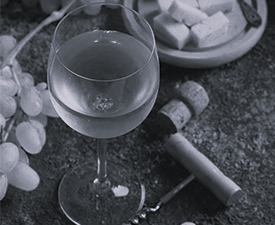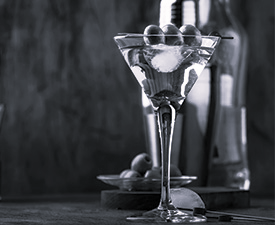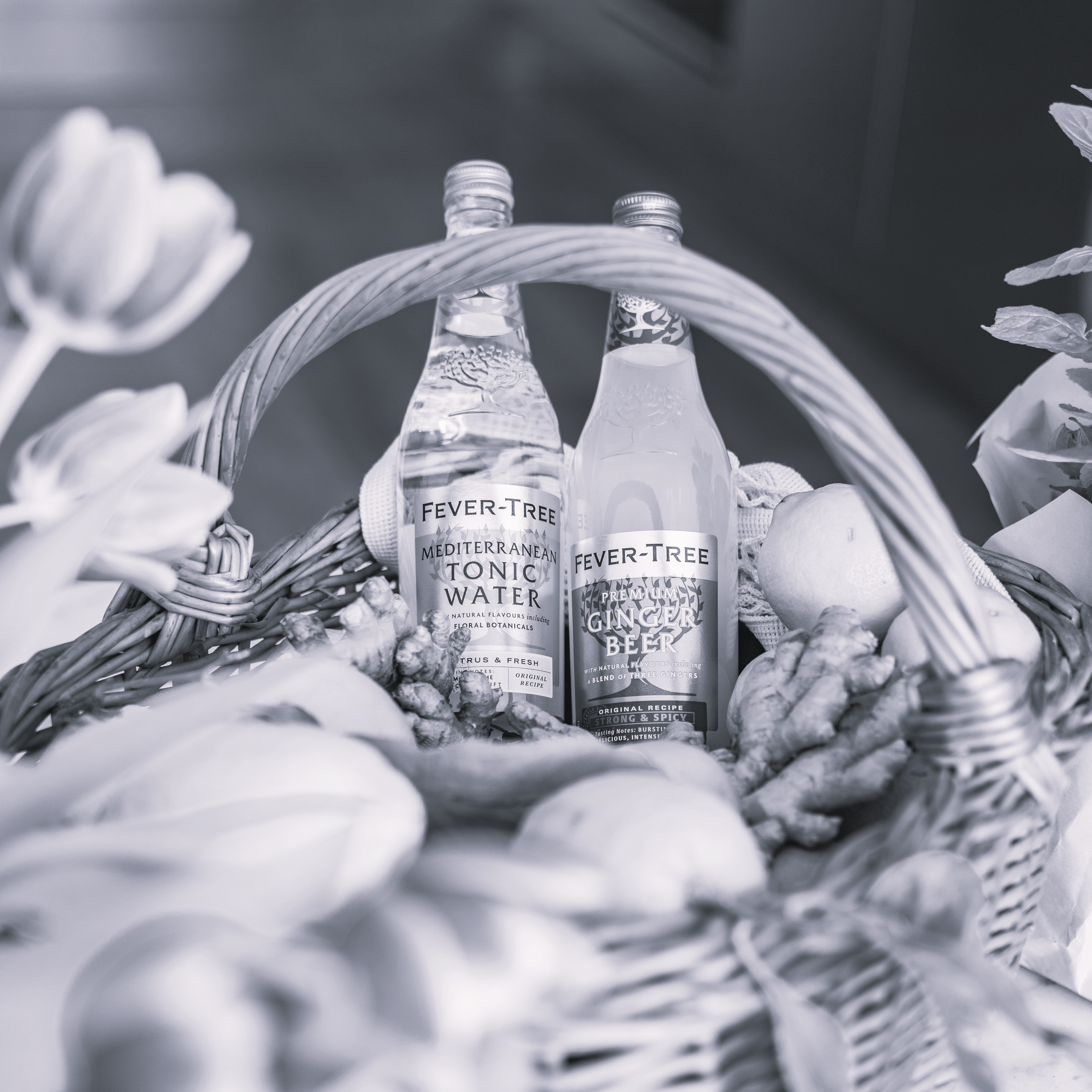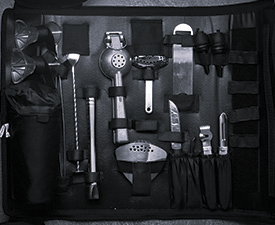Researchers believe that Merlot is an offspring of Cabernet Franc and is a sibling of Carmenere and Cabernet Sauvignon. It is lower in tannins and makes wines that mature faster and are softer in texture. Merlot is often blended with Cabernet Sauvignon in order to soften the blend. At its best, Merlot makes a wine that is dry, rich in flavour and smooth as it finishes on your palate.
Merlot is able to mature in regions that are cooler than those required for Cabernet Sauvignon. Though Merlot is more susceptible to fungus and mold diseases and therefore a bit harder to grow. Merlot varies widely in quality around the world depending on the location and winemaker. This variety was first known for its success in the Saint Emilion and Pomerol areas of Bordeaux. Chateau Petrus is the stellar example of fine Merlot.
Along with Cabernet Sauvignon, Cabernet Franc, Malbec and Petit Verdot, Merlot is one of the primary grapes in Bordeaux wine where it is the most widely planted grape. Merlot is also one of the most popular red wine varietals in many markets. This flexibility has helped to make it one of the world's most planted grape varieties.
Merlot usually has ripe berry components in the bouquet. Its wines tend to be soft, fruity and smooth in texture. Select Merlots can have long aging potential but most are ready to consume in 4 to 8 years. Merlot is enjoying a surge in popularity and additional acreage is being planted in many major wine producing regions.
Merlot should be served at approx 18 degrees Celsius. When alcohol reaches 22-23 degrees C. (the average room temperature in summer), it is likely to cause an unpleasant sharpness in the taste. Cooling the bottle for 10-15 minutes (but not much longer) in a fridge can be a good way to reach the desired serving temperature in summer time. Enjoy.










